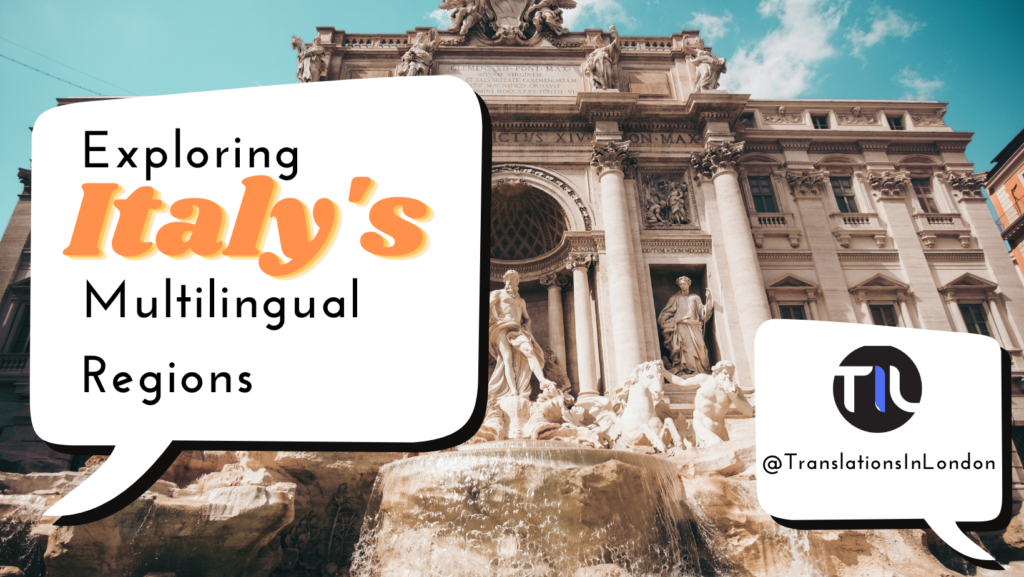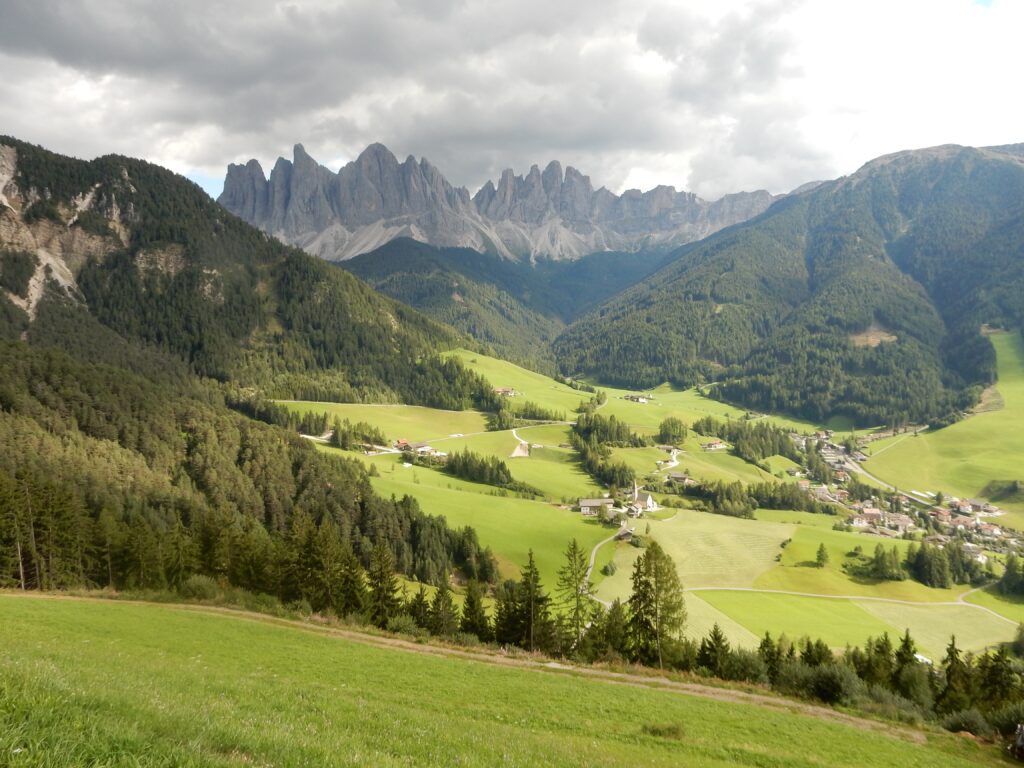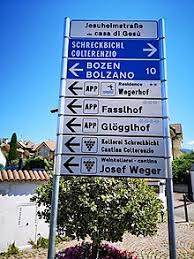
When Italy comes to mind, people often associate it with pizza, pasta, beaches, sunshine, and, naturally, the Italian language as the predominant means of communication. However, it’s important to note that Italy’s linguistic landscape extends beyond a singular language.
Italy encompasses three regions that have official bilingual status: Valle d’Aosta, Trentino-Alto Adige, and Friuli-Venezia Giulia. In these regions, the local population has the right to use both Italian and another language as recognized by the Italian government.
Bilingualism in Italy is supported by the legal basis of Article 6 of the Constitution, which states, “The Republic safeguards linguistic minorities with specific regulations,” recognizing, in principle, the protection of minority languages present within the national territory.
Valle d’Aosta
To begin with, Valle d’Aosta is one of Italy’s smallest and least populated regions, and is placed in the Alps. Despite the small number of inhabitants, it has both Italian and French as the official languages of the area.
This diverse linguistic landscape comes from the area’s historic ties to the French language, beginning in 575 when Valle d’Aosta bordered the kingdom of Bourgogne. In this area, the original Latinate language evolved into the French-Provencal (or Patois) language, which was then gradually replaced by French as the official written language of the area.
It was not until the late 1500’s that French replaced the use of Latin in all areas of language use for the common people. In the 17th century, French was then taught in schools, and was no longer the exclusive language of the upper classes.
Italian eventually reached the population during the years of the fascist regime as the teaching or use of French was banned and replaced by Italian. In more recent times, the Italian and French language was granted equal status in 1948.
More languages! – French and Italian are the most popular languages of this region but they are not the only ones, there are German-based dialects in the area known as Titsch and Toitschu.
Trentino-Alto Adige/Südtirol
The Second area of interest is the Trentino-Alto Adige/Südtirol region, which is located in the northern part of Italy. In this area, the languages of Italian and German are used most commonly. This is especially noticeable in the region’s capital, Bolzano, as signs are printed in both languages.

Once again, the historic relations to another country has caused this linguistic fusion. However, this time, the links to Austria was what brought the mixing of the languages. Throughout the historical timeline for Trentino-Alto Adige, this area came under the rule of France, Germany, and, of course, Austria.
The area eventually came under Italian ownership during World War One, after the collapse of the Austro-Hungary war effort. During this time period, there were great efforts to remove the use of German in the area and to replace it with Italian. Nonetheless, German still remains a popular language of the area but Italian is also heavily used by the locals.
Friuli-Venezia Giulia
Finally, the Friuli-Venezia Giulia region which has both Slovene and Italian as the official languages. Friuli-Venezia Giulia is located in the north-east of the country. It is an area known for its’ easy access to the sea and is part of the major transport routes between the east and west of Southern Europe.
Slovenes, or its historical roots, were first introduced to the area in the 6th century when the Alpine Slavs settled in the eastern side of modern day Friuli-Venezia Giulia.
The Slovene language continues to be used as a result of the efforts made by the minorities of the area that continue to preserve and value their cultural heritage.
Italy’s bilingual regions, Valle d’Aosta, Trentino-Alto Adige, and Friuli-Venezia Giulia, showcase the country’s remarkable linguistic diversity. Beyond the widely known Italian language, these regions provide a glimpse into the coexistence of other languages, such as French, German, Slovene, and Friulian. The blending of cultures, historical influences, and geographical proximity to neighboring countries have shaped these regions into unique linguistic hubs within Italy.
Exploring these bilingual regions not only allows us to appreciate the richness of Italy’s cultural tapestry but also encourages us to embrace linguistic diversity. It reminds us that language is not a barrier but a bridge that connects people and communities. By celebrating and preserving these languages, we contribute to the preservation of heritage, identity, and the cultural mosaic that makes Italy such a captivating destination.
If you have the opportunity to visit Italy, make it a point to venture beyond the well-trodden tourist paths and explore the bilingual regions. Immerse yourself in the local languages, savor the unique dialects, and engage with the people who call these regions home. By doing so, you will not only gain a deeper understanding of Italian culture but also support the efforts to preserve linguistic diversity.
Let’s appreciate and celebrate the bilingual regions of Italy, valuing the importance of language preservation and cultural exchange. Together, we can foster a more inclusive and interconnected world.


